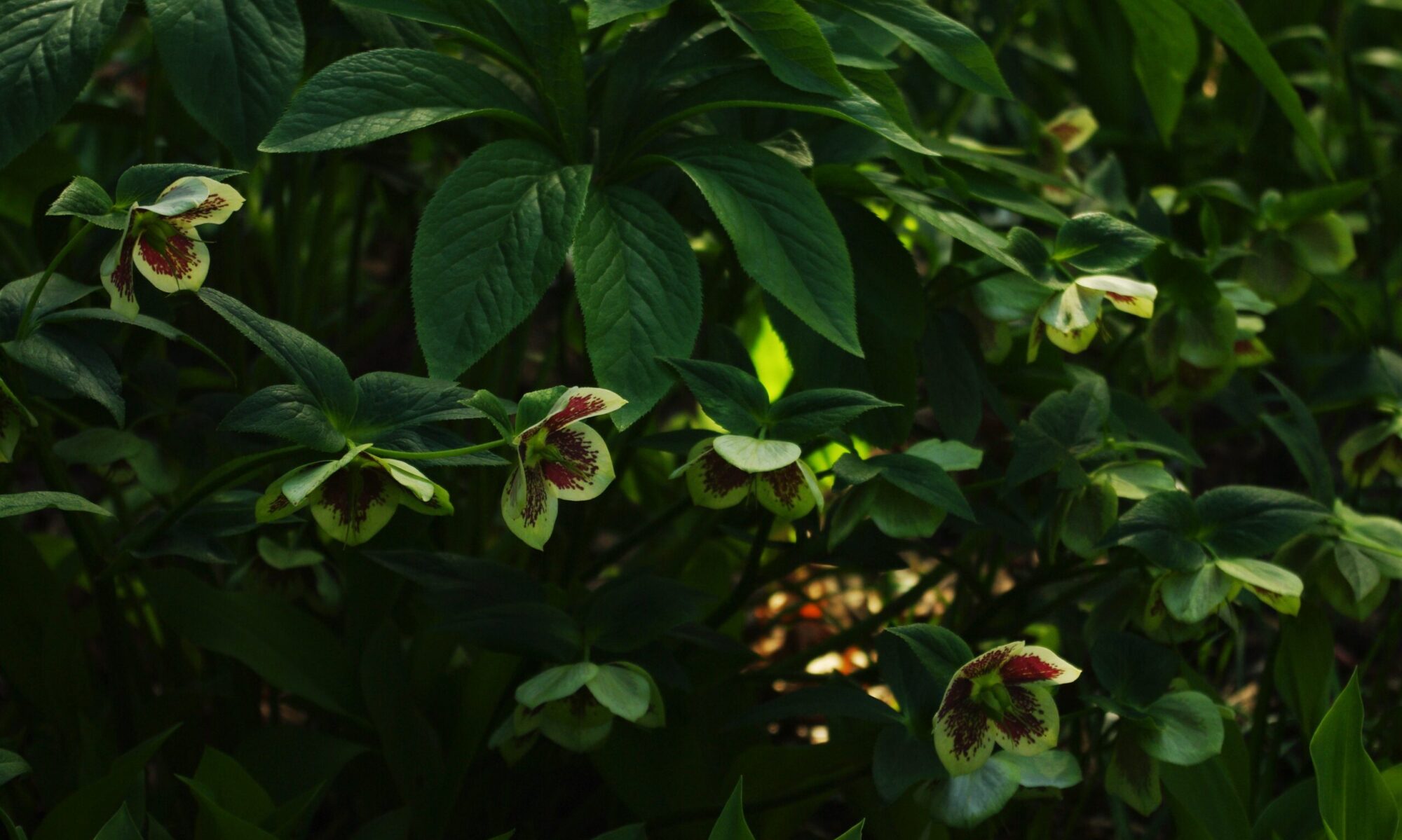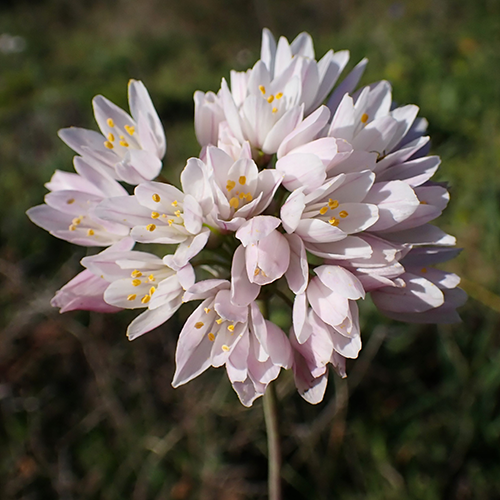
The entire internet and the world of SEO pushes towards making wordy posts that result in a ton of filler and jargon that drives me totally nuts. If you’re looking for the basic details, here they are.
Full/full-part sun, perennial, well drained fertile soil, hardy to Z4, 12″-48″ depending on varietal, naturalizes. Plant 4x the height of the bulb in fall or early spring. Deer and rodent resistant, drought tolerant. Bees love it.
If you’re still curious or want to figure out what I’m talking about, read on!
See the full list of Alliums we’re carrying for the fall planting season
The genus Allium covers about 500 species from the usual onions and shallots, to highly ornamental flowers that are everything from deer-proof (!!) to drought resistant.
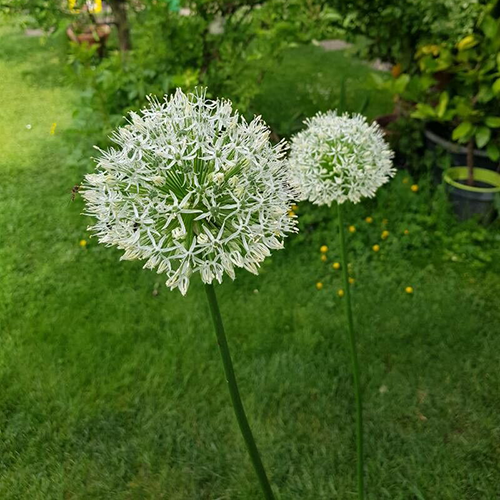
Most bloom in late spring to early summer, filling in that gap in flowers between the tulips and the rest of your summer show. They generally come in purple or white, but you can find some dark burgundy, blue, yellow, or pale lavender varietals. They can grow anywhere from 12″ to 48″ depending on the varietal, meaning that they work well to either fill the front of your bed, or as stand-out features in the back. They will absolutely pop against orange or yellow flowers such as euphorbia, or if you’re looking for a softer effect, try pairing them with some silvery-gray foliage such as Dusty Miller or Artemesia.

They’re hardy to zone 4, and will naturalize over time, gently clumping up into lovely clusters of nodding flowers. The bees absolutely love them, so expect to see them crawling all over every inch of the (typically) globe-shaped flowers.
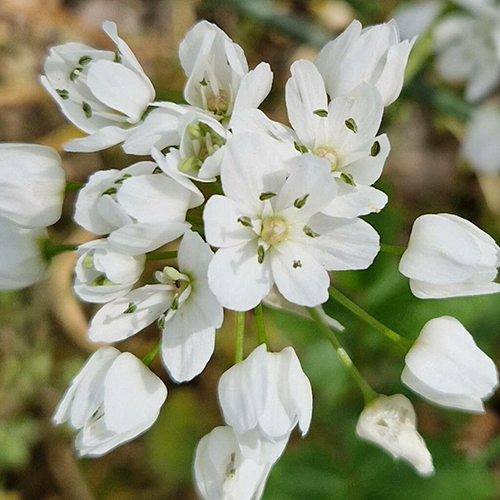
Alliums are toxic to almost every animal except for humans, so you won’t get any pesky deer, rabbits, or rodents destroying your precious flowers; the worst we’ve seen is a deer try a nibble before moving on to something better. That being said, their pungent flavour and smell (they are part of the onion family, after all) means that you don’t have to worry about your pets making an ill advised choice for a chew toy – unlike lilies, which are very toxic to cats and are unfortunately not as bad-tasting to them.
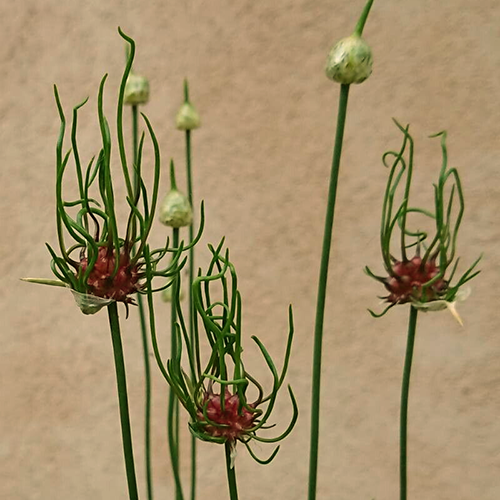
As with all bulbs, you’ll get the best results year-to-year if you deadhead the flowers before they set seed, but leave the leaves to absorb all the energy they can get to pack into their bulbs for next year’s show.

Alliums should be planted in early fall or early spring. Like all bulbs, they prefer not to have soggy feet over the winter so don’t plant them in areas where water puddles or in heavy clay that turns to mush during the rainy months. That being said, they’re extremely well suited for the wet and rainy Pacific Northwest, and so with a bit of care in siting you will have blooms for years to come. You can find a detailed page on Alliums on the Royal Horticultural Society’s website which is absolutely one of the best resources for gardening information on the internet.
See the selection of Alliums we’ve got in stock for planting this fall.

